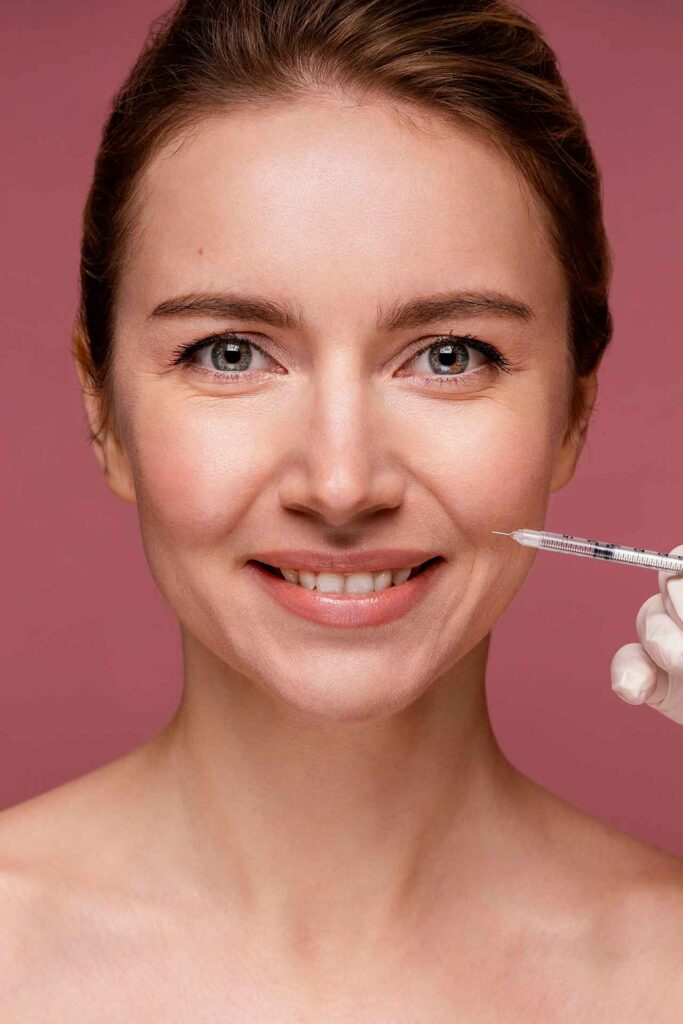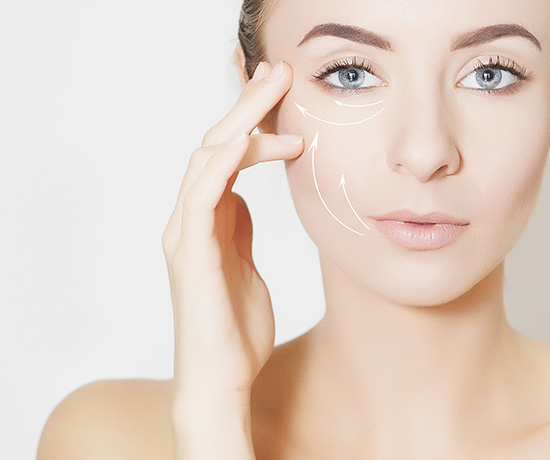
#PROCEDURE
FACE FAT INJECTION IN TURKEY
Some patients may want to consider fat injections in Turkey, which use fat harvested from the patient’s own body which can then be re-injected to enhance facial fullness, fill creases or build up shallow contours.
How fat injections are administered
Fat injection requires a more extensive procedure than “off-the-shelf” soft tissue fillers.
A “donor area” must be determined (such as the abdomen or buttocks) and liposuction is used to extract the fat. The suctioned fat can then be transferred to the face, as a graft.
The grafted fat then has to redevelop a blood supply in order to survive. About 50% of the fat injected will survive, and the surviving fat will last forever.
Fat injection results
In the face, most of the transferred fat usually survives, but the results can be a bit less predictable. Typically, multiple fat transfer procedures will be needed to achieve desired results.
The use of fat transfer involves additional discomfort in the donor area. This is a minor surgical procedure that can be performed in the surgeon’s treatment room or in an operating room.
MAKE YOUR APPOINTMENT WITH OUR SPECIALIST
You can get a free hair analysis in under 3 minutes with our online assistant.
GET YOUR DOCTOR REPORT
Start your transformation today!
Submit your info for a FREE CONSULTATION!


#PROCEDURE
FACE FAT INJECTION PROCEDURE
The eyes are commonly referred to as the window to the soul, they are one of the most important aspects of facial expression. The trendiest eye shape is the classic almond shape with longer, curved eyelashes with tapered eyebrows.
Eyelid surgery or blepharoplasty is a surgical procedure to improve the appearance of the eyelids. Having beautiful, bright eyes makes all the difference to a face. Having an upper eyelid crease is one way to achieve this and look younger. In general, many Asians have no or partial eyelid creases. It often happens that the fat inside the eyelid (orbital fat) makes the crease less visible, reducing the brightness of the eyes.
